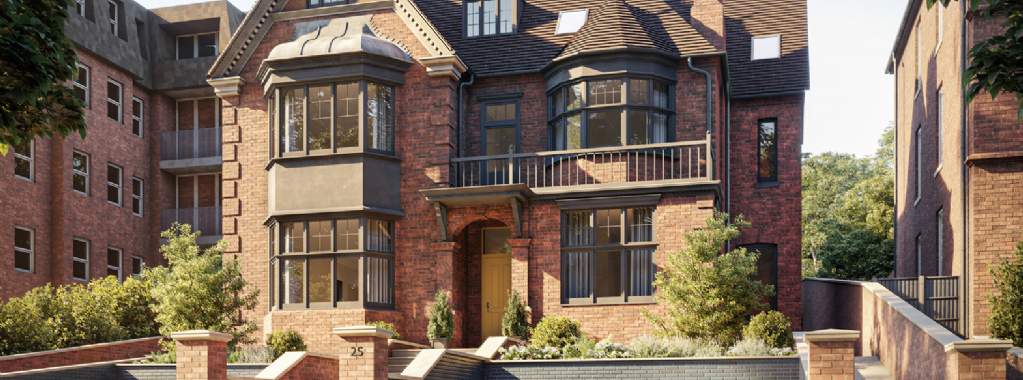The pandemic race for space drove many Londoners to relocate out of the city, and as trips to the office just two or three days a week have become more normal, more of us are choosing to commute further and further into our place of work. But where are these new commuter hotspots?
We analysed official data on rail passenger numbers to examine post-pandemic commutes into London. Our research found 44 train stations with the same or a greater number of entries and exits when compared to the three years before the pandemic. And with the average travel time for these stations an hour and 20 minutes, it confirms that more people are now travelling from stations further from London.
Roughly half of the new commuter hotspots are in the countryside, with East Sussex towns and villages accounting for four of the top 10 new commuter hotspots.
60-minute hotspots
The location with the biggest increase in passengers since the pandemic began is Preston Park in Brighton. Entries and exits at the station here – which is serviced by trains to London Victoria and Blackfriars taking around an hour – were 47 per cent higher last year than the pre-pandemic average.
Recently named as one of the Sunday Times best places to live, Preston Park is in close proximity to bustling Brighton city centre, but also country walks in the South Downs National Park, independent shops and the park itself. Homes here, which consists largely of Victorian housing stock, cost on average £556,978, and have risen by an average of 20 per cent since 2019 .
Prittlewell in Essex came in second in the under-an-hour category. This station has seen a 35 per cent uplift in passenger footfall.
60 to 90-minute hotspots
For destinations under an hour and a half, the East Sussex village of Cooksbridge has seen the most significant uplift in passenger numbers – up 45 per cent since the start of the pandemic. From here, the quickest journeys into London Victoria take just 63 minutes.
Londoners have been drawn to this location due to its proximity to the East Sussex downs, and the amenities on offer in the nearby town of Lewes. Homes here are higher value – at £560,834 on average – and have increased by 24 per cent since 2019.
In second place comes Southease, a picturesque village in East Sussex full of 17th-century cottages, which has seen a 42 per cent uplift in passenger numbers over the time period.
90-minute hotspots
Hampden Park in Eastbourne – with a journey to London taking 93 minutes – is the most popular 90-minute-plus location, and has seen a 27 per cent increase in passenger numbers since 2019. Spacious family homes are on offer here, typically with large gardens. The average house price is £335,813 – up 20 per cent since the start of the pandemic.
The farthest away of the new commuter hotspots is Castle Cary in Somerset. This market town has long been popular with those relocating, however has grown further in popularity in recent years with the opening of the Newt, a prestigious country estate and hotel, with eateries and gardens frequented by locals.
Trains to Paddington take around two hours – and there are as many as three trains an hour at peak commuter times. Passenger footfall through this station has increased by 20 per cent, and the average home costs £317,428.
Further information
Contact Frances McDonald or Oliver Mackmin

.jpg)
.png)




.jpg)

.jpg)
